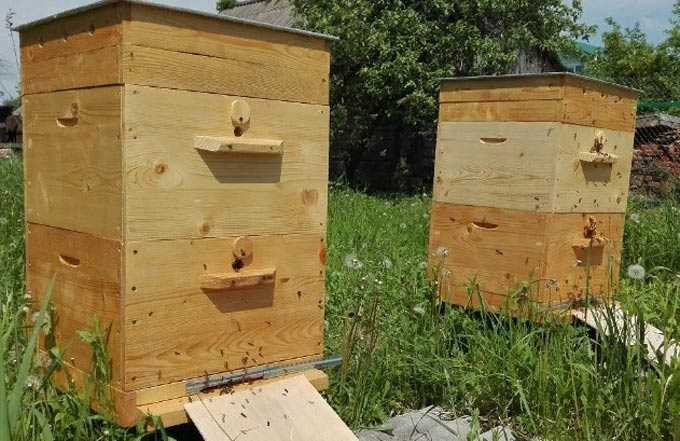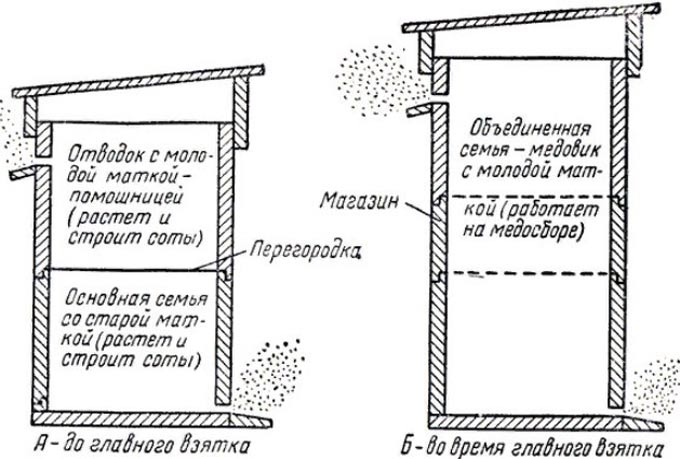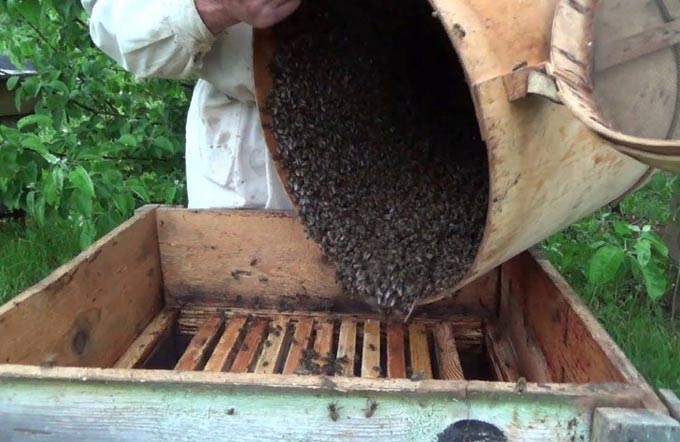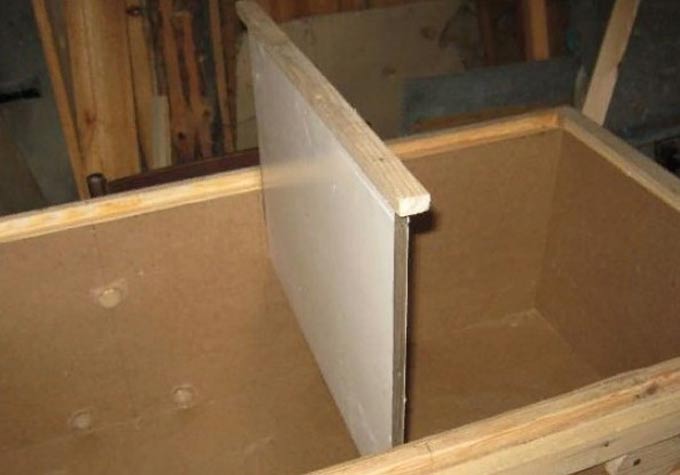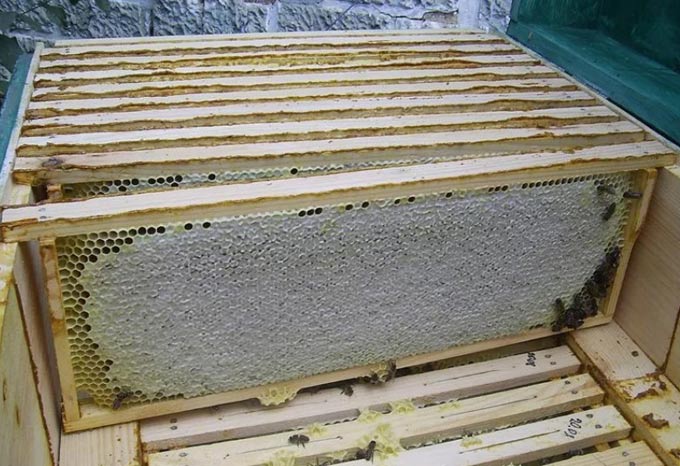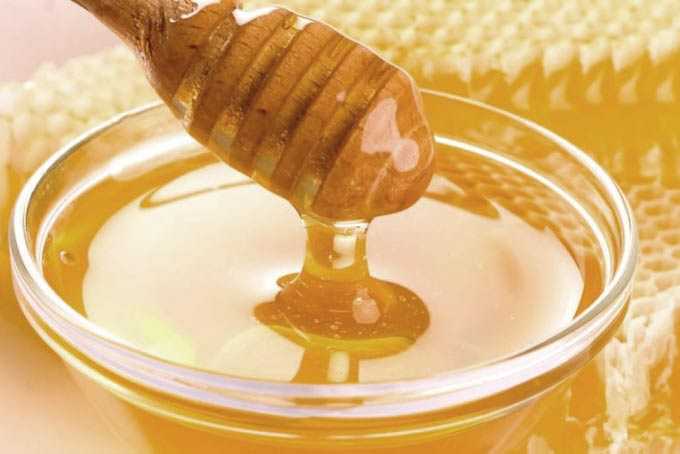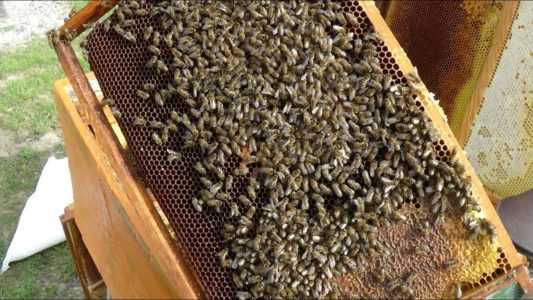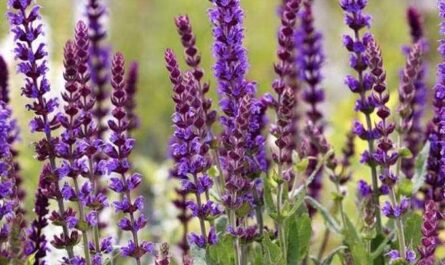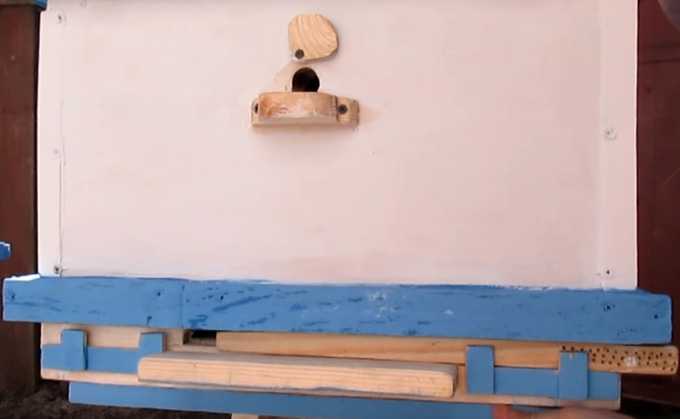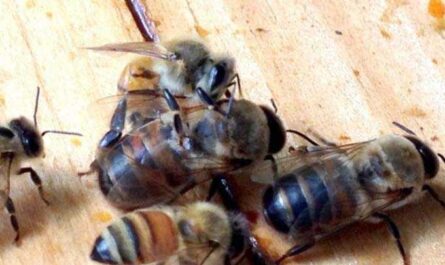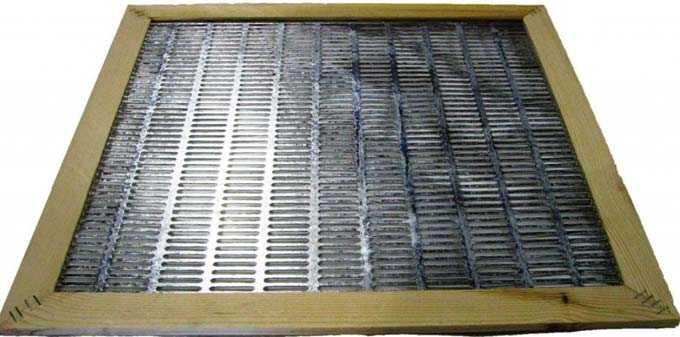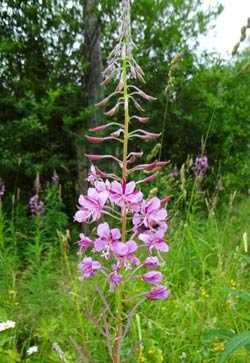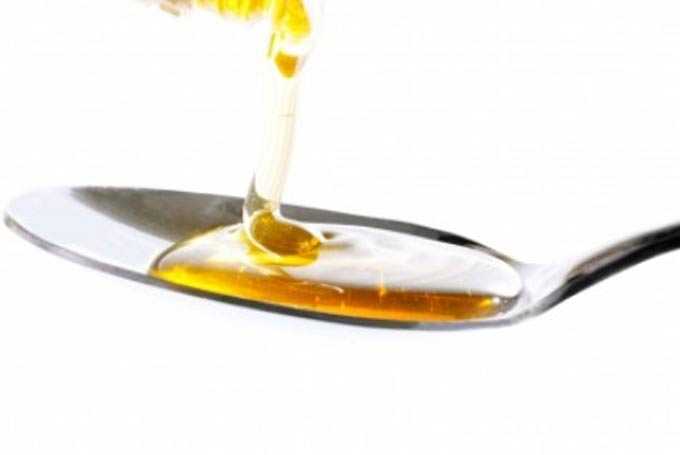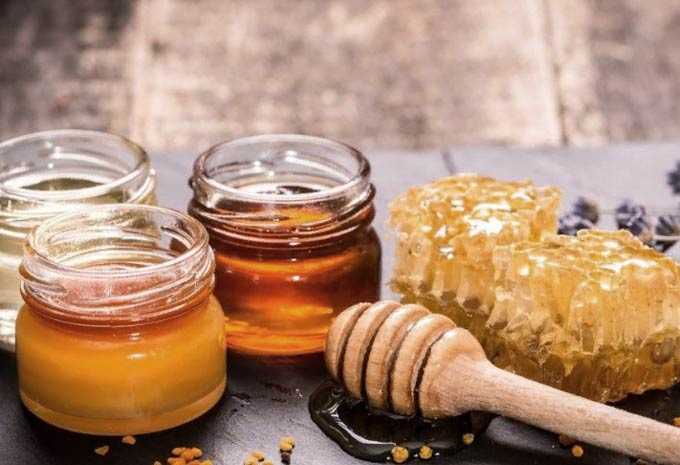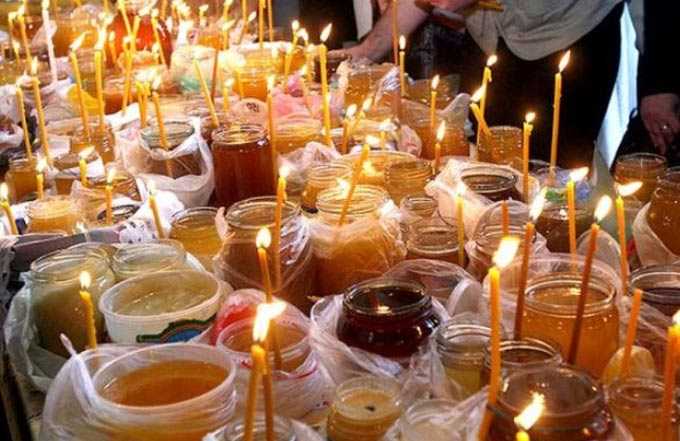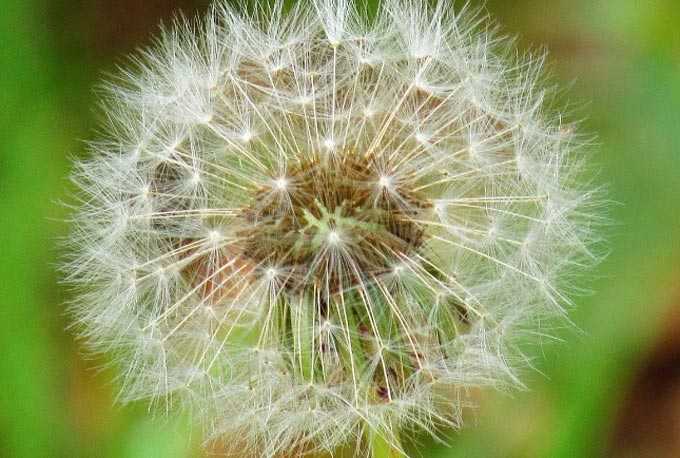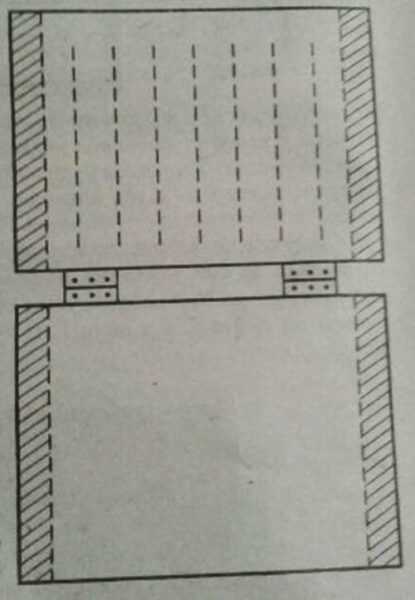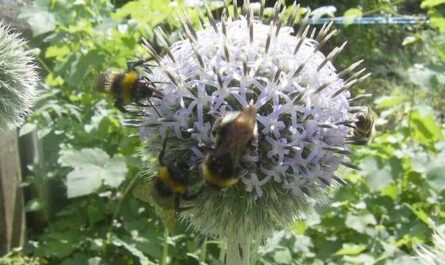The honey family (or “honey family” as they say in the reference books) is an artificially created production unit in the apiary. In such a bee colony, flying insects necessarily predominate.
And you can organize it in several ways. The main thing is to have time with the work before the start of the main bribe. But you can’t rush in this matter either! The premature organization of honey workers threatens the awakening of the swarm instinct in families with the further loss of a bribe for the beekeeper.
The content of the article
- 1 Basic moments
- 2 How to make a honey cake family
- 2.1 Pair use of bee colonies
- 2.2 Harnessing the potential of helper queens
- 2.3 Use of “plaque”
- 2.4 Multiple Swarm Connection Method
- 2.5 Vashchenko’s method
- 3 The use of giant families
- 3.1 important points
Basic moments
The creation of a colony with a predominance of flying insects is possible in at least six basic ways. And there are many possible options for applying this or that method.
The beginner’s task is to master the technology, and then adjust it for his own apiary, taking into account:
- the hive system used;
- climatic features of a particular area;
- breeds of bees and the intricacies of its content;
- type of bribe in the area.
That is, the whole process of increasing the honey collection requires a creative approach from the beekeeper, observation and willingness to take some risk. Blunders lead to loss of income.
How to make a honey cake family
The creation of a colony with increased honey potential is possible:
- through the paired use of families;
- through the connection of female helpers;
- through the “plaque” method;
- through the use of multiple swarms;
- through the elimination of the swarm state (Vaschenko method);
- through the creation of giant honey families (the method is relevant for the Middle Lane).
Even novice beekeepers can create a honey plant family, provided that all recommendations for each of the proposed methods are followed.
Pair use of bee colonies
The method is applicable in areas with a rich spring and early summer flow (usually it is obtained from flowering acacias, willows, maples and other plants).
Procedure:
- It is necessary to expose the hives from the winter quarters in pairs, about 80-100 cm from each other.
- At the very beginning of the honey harvest, a honey cake is formed: one of the hives is removed to a new place, and a second colony is placed at a distance equidistant from the previous place of installation of both hives.
- The abandoned nest needs to be supplemented with honeycombs. In this case, the uterus is kept in the cage for two days.
Result:
- flying insects from the carried away hive move to the second, installed in the middle – the bee colony is noticeably stronger;
- the beekeeper gets more honey and bee bread;
- even before the start of the main honey collection, there will be more honey than in a regular bee colony.
Harnessing the potential of helper queens
The method is suitable for regions with late honey harvest or for areas with a strong continuous flow. Doesn’t work with short-term bribes!
Procedure:
- In the lounger behind the partition or in a separate housing of the multi-body system, the beads are placed.
- Periodically, frames with young brood are transferred to the main colony for sealing, and then returned back. The purpose of this manipulation is to suppress the swarm mood in the main bee colony and to strengthen the auxiliary nest.
- At the beginning of honey collection, bee colonies are combined into a young queen.
- To strengthen the nest, the layers are rearranged to a new place. Then, during the active summer, insects that have returned from the honey fields will join the rest of the main hive.
Result:
- a productive and strong colony throughout the summer;
- by the end of honey collection, the main nest becomes an ordinary family, since some of the flight bees are lost or perish;
- the layering in a new place is strengthened and turns into a full-fledged family.
Use of “plaque”
The method is effective in forming families of honeymen ten days before the start of the main honey collection. To use it, you must have in stock a frame with an installed artificial foundation.
Procedure:
- You will need a swarm obtained naturally. After landing in the hive, it is installed in the place of the mother’s nest.
- Enhanced by flying insects from the mother hive.
Result:
- The new family, formed mainly from flying insects, actively builds honeycombs and carries nectar. She is regularly given foundation.
- The mother’s nest is rapidly strengthened by the replenishment of young animals and is also connected to the collection of nectar.
Multiple Swarm Connection Method
This method involves the use of naturally obtained swarms. Their combination allows the formation of a large active bee colony.
Procedure:
- A set of empty honeycombs and foundation is installed in a clean hive. An unsealed brood honeycomb is placed in the center.
- The queens are enclosed in a cage. The best queen should be in the center, the rest on the frames under the canvas. This technique allows you to avoid unauthorized gathering of insects from the new house on the first day of arrival.
- Swarming bees are poured into a spacious hive prepared in this way.
- The next day, the best queen is released, and the rest are removed from the bee colony.
The result is a powerful bee colony that works well on honey collection for the entire bribery period.
Vashchenko’s method
The main goal of this method is to combat the already awakened swarm instinct. The “side effect” is getting more honey. The method is suitable for any type of hive structure. Work begins from the moment the swarms appear.
Procedure:
- It is necessary to partition the lounger with a board (2-body hive with a plywood partition).
- The separated part contains two or three brood frames with one or two queen cells, as well as empty honeycomb frames.
- The bee houses are rotated 180 degrees, which allows collecting flying insects.
- By the beginning of the bribery period, both parts of the hive are united, leaving the young queen (the old one is transferred to the nucleus).
Result:
- in the fenced off part of the hives, the combs are quickly filled with nectar, since it is not necessary to feed the young before the appearance of the queens;
- the main part of the nest after division comes out of the swarm state and is replenished by young bees;
- after unification, the beekeeper receives a strong colony with a young queen, which works well on the main flow.
The use of giant families
This method is optimal for the Middle zone, which is characterized by lush flowering of forbs before the start of the main honey harvest. Applicable to any hive system!
In regions with a long period without tipping, large strong colonies quickly turn into a swarm state. Overseeding of melliferous plants that bloom during non-harvesting periods will help to avoid this. For example, phacelia, sweet clover, rapeseed. Or selection of brood frames from most of the apiary.
Important! The method is not recommended for apiaries infected with quarantine diseases (foulbrood, viral paralysis, saccular brood and other infections).
The procedure for the example of a 12-frame double-hive hive system with two magazines:
- In the course of expansion, the dividing boards are removed (at the time of installation of the 11th and 12th frames). Honeycombs are placed along the edges of the nest. A sealed brood is placed in the middle. In the center, through one with brood, two empty honeycomb frames should be placed. This technique helps to avoid the swarm mood.
- The complete set of the hive, when the family occupies all twelve honeycomb frames, should be completed one month before the start of the main honey harvest (begins in the first ten days of July with the blooming of spring fields and linden groves).
- Stores are not set up ahead of time, although this is the technique recommended by most textbooks! Instead, brood cells are periodically partially selected and with their help second bodies are formed, which stimulates egg-laying.
- That is, the expansion is carried out exclusively vertically. 7-8 days after all twelve honeycomb frames are occupied, two frames with a sealed brood close to the exit are removed. Two honey honeycombs are selected at the same time. Brood honeycomb frames are placed in a working carrying box.
- Instead of 4 removed frames, 2 empty honeycomb frames are installed in the center of the nest through one with brood combs already available there. Two more with artificial foundation are placed along the edges. In case of a bad bribe, the selected honeycombs must be laid flat on top of a canvas on an empty frame without honeycombs. In order for the bees to have free access to food, the edge of the canvas is folded back, and sticks for the passage of insects are placed between the frames on top. The entire structure is covered with a spare lap.
- Three to four days after cutting the honeycombs on the foundation, they are rearranged from the edge to the center of the nests, and the sealed brood honeycombs are removed to the walls.
- After inspecting the apiary, from the brood honeycombs collected in a carrying box, a second body is formed for the strongest and best productivity bee colony. The body can be replaced with two magazines mounted one on top of the other.
- In the second building, in addition to 10 brood honeycombs, two honeycombs are placed along the edges. Warming is carried out with a canvas and a pillow.
- After the end of the bribe, the giant honeymen divide it in half by the fall or by the “raid” method. For this, it is necessary to have spare fetal queens. But with a strong late bribe, it is better to make layering so as not to slow down the honey collection due to untimely fragmentation of the nests.
On a note:
– to form the second hulls, you will need four to five donor bee colonies (for example, at a point of 100 bee colonies from about 80 hives with brood ready for selection, you can create up to twenty giant honey bee colonies);
– selection can be carried out in two or three stages (in this case, in June, out of 100 bee colonies, a third will be transformed into giant honey collectors).
Results:
- hives are in a working mood throughout the season, they are constantly building up strength;
- 97-98% of the apiary uses bribes to the maximum;
- for one pumping, the honey yield is 40-50 kg per honey cake (in total, two or three pumpings are performed per season);
- the apiary increases by 50 percent annually at the end of the season without any harm to the beekeeper (especially when there is an opportunity to breed their own queens or purchase inexpensive ones from nurseries).
important points
The second and third selection is made from donor families, when there are ten brood frames in the nest, and the combs are completely rebuilt and redrawn on two previously installed foundation. Again, two brood honeycombs with larvae at the exit are taken from the donor.
The main selection rule is to remove no more than a third of the brood! For example, out of six suitable frames, you can pick two. Out of seven or eight, no more than three. The drawn foundation is always rearranged in the center instead of the selected brood combs. And then new sheets of foundation are placed around the edges.
The giant family method helps control the Varroa mite population. In donors, the number of parasites decreases due to the selection of frames. In honey plants, on the contrary, there are more mites. But immediately after formation, they are treated with one of the drugs recommended for varroatosis. Then the processing is carried out twice more with an interval of three days.
